Motor vehicles are complex pieces of machinery, and there can be hundreds, if not thousands, of matters that drivers need to be mindful of. Every so often, drivers can be seen standing on roadsides with the hoods of their vehicles up as they try to figure out what had gone wrong.
This can happen when the driver forgets that a car runs on more than just fuel. Different fluids and oils work in conjunction to protect the components of a vehicle from getting overheated and corroded. This is why owners should check the levels and qualities of these fluids frequently to ensure the proper working of their vehicles.
Given below are the checks to ensure the proper functioning of a vehicle.
Engine Oil
A vehicle’s engine consumes oil as it operates. If left unchecked in a state of depletion, the engine could seize up. Therefore, drivers and owners should check the engine oil at least once a month and particularly before a long drive.
The task does not require significant technical knowledge. To begin with, the vehicle must be on level ground and the engine must be off for at least 15 minutes. Raise the hood of the vehicle and pull out the yellow or orange dipstick. The level of oil on the stick should either be near or on the higher/full mark.
You can check the quality of the oil by rubbing it between your thumb and index finger. If it smudges, it has to be changed. If the oil is clean but is below the required level, you can pour in the required amount.
Be sure to read the owner’s manual or consult a professional to determine the type of oil to use.
The check is made easier in modern vehicles as the “Check Engine” light in the instrument panel comes on if the oil is below the required level and/or has lost its quality.
Brake Fluid
Brakes work by pumping braking fluid to the front and rear brake pads and brake shoes. It is important for drivers to check the brake fluid every now and then as low levels can result in the prevention of braking.
You can check the brake fluid by checking the level of oil in the Brake Fluid Reservoir that is marked with a minimum and maximum level. If the fluid is below the maximum line, you can add more and bring it up to the required level. However, the level should not be exceeded because it can cause leakage.
The owner’s manual also details the type of brake oil to use.
Keep an eye on the color of the fluid — it must be changed if it is dark brown or black. This should be done by a trained professional as air bubbles in the brake lines can reduce the effectiveness of the brakes.
For this to be done, the vehicle must first be on level ground. Then, clean the cap of the reservoir as dirt and dust can damage the components inside the master cylinder.
Note that frequent refillings can indicate an underlying problem that requires an expert to look at it.
Power Steering Fluid
Most cars these days have power steering, and the driver should monitor the power steering fluid. If left unchecked, it makes it difficult to turn the steering wheel, resulting in squealing noises. This is because air starts circulating in the steering mechanism or the steering wheel starts jerking and vibrating.
All three of these are signs of depleting steering oil, and they should be heeded immediately.
Battery Fluid
Vehicle owners should regularly check the battery and battery fluid to ensure the proper functioning of electrical components like headlights and instrument panels. The most important thing is to ensure that its cells are completely immersed in the battery acid. If not, you can purchase battery acid and pour it over the cells yourself.
You should also check for the buildup of corrosion (white and powdery residue) on the battery terminals. This builds up over time, and you can use a solution of water and baking soda to brush it off.
Also, watch out for frayed or broken cables as they can cause a short circuit that will result in a fire.
Remember that batteries degrade over time and need to be replaced. You can read about battery life in the owner’s manual.
Radiator Fluid
The radiator uses either water or a coolant/antifreeze to keep the engine cool. The driver must always check the level of the coolant prior to each drive because low levels will result in the head gasket blowing up and the loss of power.
If the fluid level is low, you can add either water or a coolant to replenish the radiator.
Never open the radiator or pressure cap while the vehicle is running. Either check the coolant before starting the vehicle or when the car has rested for 30 to 45 minutes after a drive. When the vehicle is running, the liquid in the radiator is under pressure, and opening the cap will result in severe burns on the arms and face.
Manufacturers advise against mixing coolants with tap water as this can form deposits inside the radiator and the cooling system. Distilled water can be used instead.
Window Washer Fluid
Vehicles’ window washer fluid should be checked regularly in order to keep windscreens clean. A dirty windscreen can lead to distractions while driving, sometimes with fatal consequences. Also, not replenishing the reservoir can result in damage to the pump.
Manufacturers discourage the use of soap water, antifreeze, and vinegar as window washer fluids because they can damage the windscreen and body paint, or clog and corrode the lines.
Motor vehicles are complex machines that require regular maintenance, and ignoring these little things can land you in a world of trouble. On the other hand, if you performing these checks even once or twice a month, you can save yourself and your vehicle from expensive repairs.
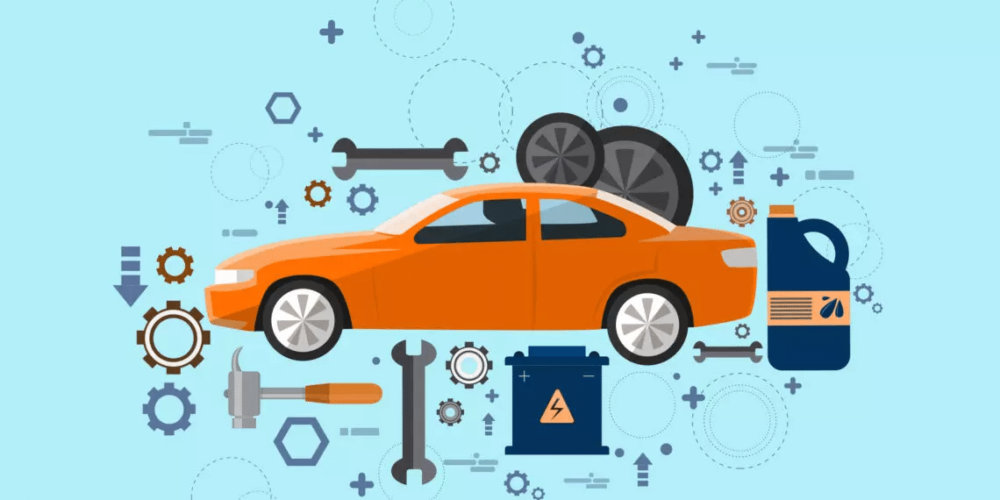

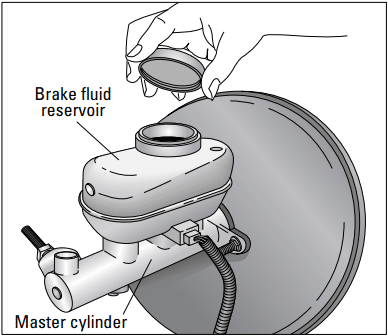
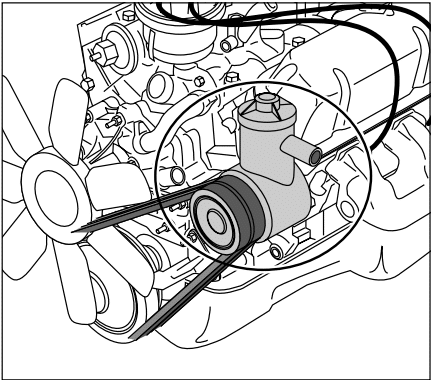
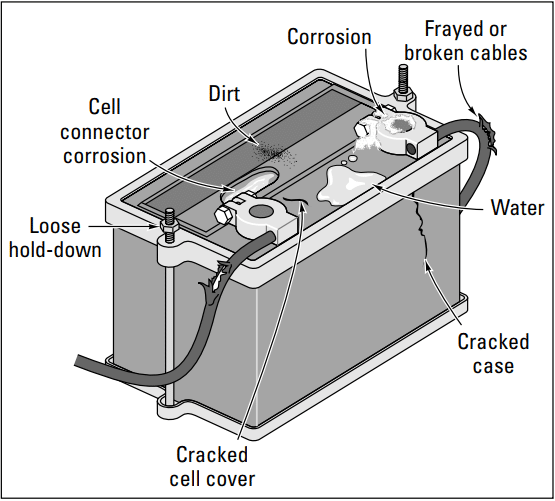
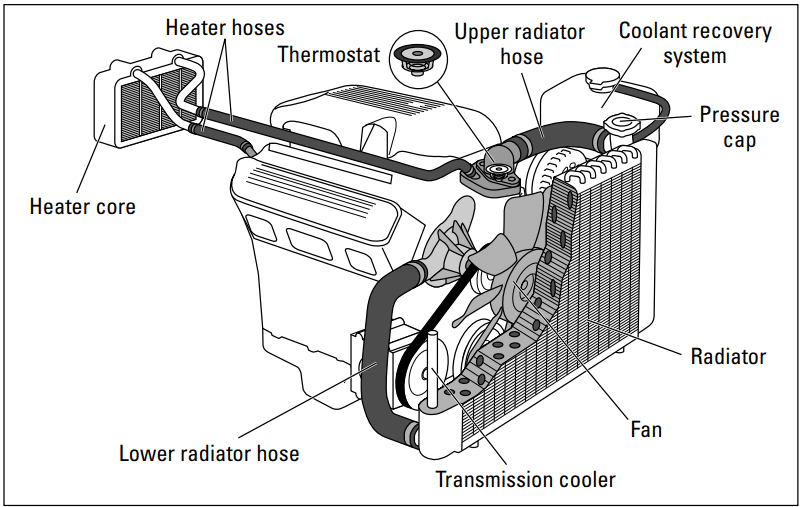



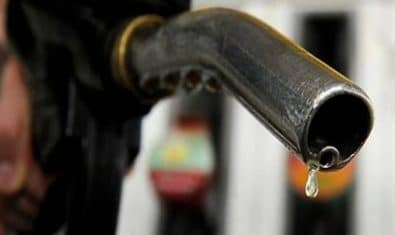
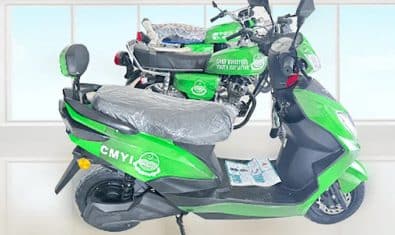




















Useful information. Thanks for the write up.